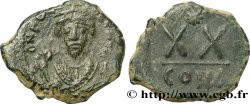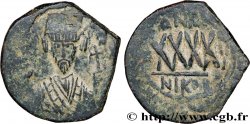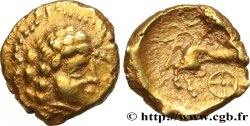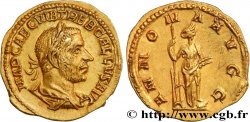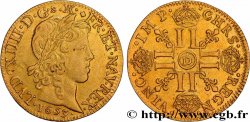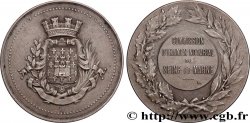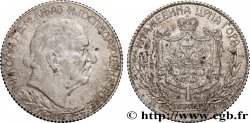Live auction - bby_381404 - PHOCAS Solidus
You must signin and be an approved bidder to bid, LOGIN TO BID. Accounts are subject to approval and the approval process takes place within 48 hours. Do not wait until the day a sale closes to register. Clicking on "BID" constitutes acceptance of the terms of use of cgb.fr private live auctions.
Bids must be placed in whole Euro amounts only. The sale will start closing at the time stated on the item description; any bids received at the site after the closing time will not be executed. Transmission times may vary and bids could be rejected if you wait until the last second. For further information check the Live auction FAQ
All winning bids are subject to a 18% buyer’s fee.
All winning bids are subject to a 18% buyer’s fee.
| Estimate : | 850 € |
| Price : | 550 € |
| Maximum bid : | 570 € |
| End of the sale : | 01 March 2016 15:11:47 |
| bidders : | 1 bidder |
Type : Solidus
Date: 603-607
Mint name / Town : Constantinople
Metal : gold
Millesimal fineness : 1000 ‰
Diameter : 21,5 mm
Orientation dies : 6 h.
Weight : 4,47 g.
Rarity : R1
Officine: 3e
Coments on the condition:
Exemplaire de qualité exceptionnelle sur un flan bien centré des deux côtés. Très beau portrait de Phocas. Joli revers de style fin, à l’épigraphie élégante, mais de frappe un peu molle en bordure périphérique sur la légende. Conserve l’intégralité de son brillant de frappe et de son coupant d’origine
Catalogue references :
Obverse
Obverse legend : O N FOCAS - PERP AVI.
Obverse description : Buste couronné de Phocas, diadémé et cuirassé de face, tenant un globe crucigère de la main droite.
Obverse translation : “Dominus Noster Focas Perpetuus Augustus”, (Notre seigneur Phocas perpétuel auguste).
Reverse
Reverse legend : VICTORI-A AVGG(GAMMA)/ -|-// CONOB.
Reverse description : Ange debout de face, tenant une longue croix chrismée de la main droite et un globe crucigère de la main gauche.
Reverse translation : “Victoria Augustorum”, (Victoire des augustes).
Commentary
Un seul exemplaire au Dumbarton Oak Collection. Ce type semble en fait beaucoup plus rare que ne le laissent supposer les ouvrages généraux. Couronne avec diadème ligné. Cuirasse invisible sous le paludamentum. Sans pendilia.







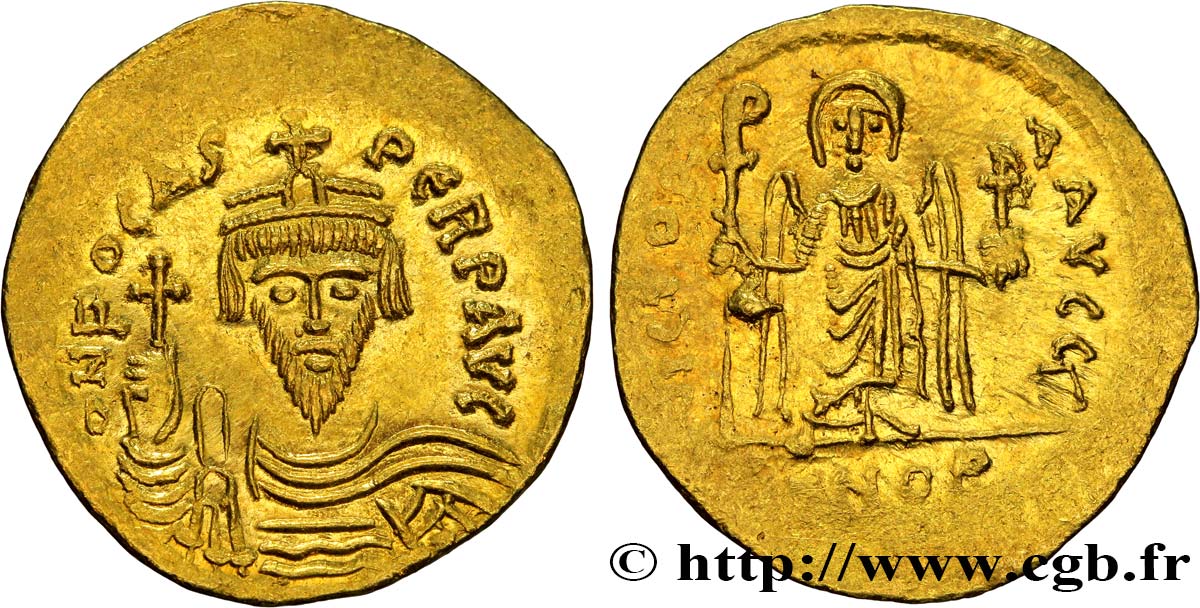
 Report a mistake
Report a mistake Print the page
Print the page Share my selection
Share my selection Ask a question
Ask a question Consign / sell
Consign / sell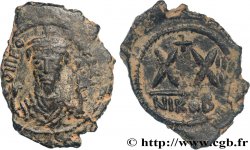
 Full data
Full data
